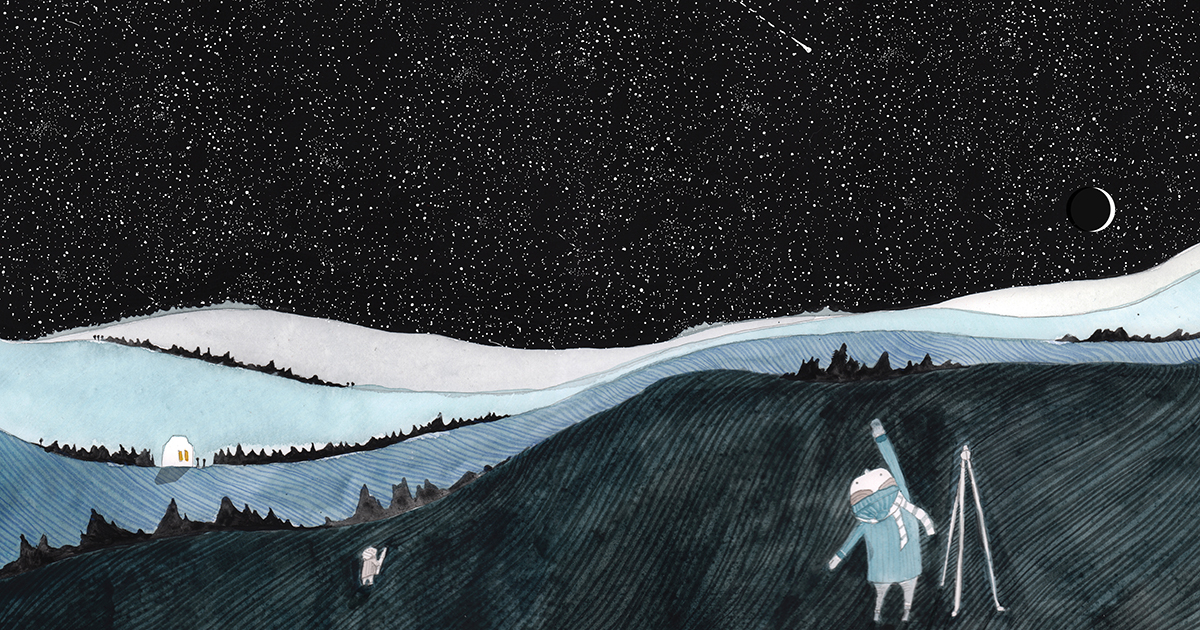In 1908, Henrietta Swan Leavitt — one of the women known as the Harvard Computers, who revolutionized astronomy long before they could vote — was analyzing photographic plates at the Harvard College Observatory to measure and catalog the brightness of stars when she began noticing a consistent correlation between the luminosity of a class of variable stars and their pulsation period, between their intelligence and their blinking pattern.

At the same time, a dutiful boy cusping on manhood was repressing his childhood love of astronomy and beginning his legal studies to fulfill his dying father’s demand for an ordinary, reputable life. That young man was Edwin Hubble (November 20, 1889–September 28, 1953). Upon his father’s death, he would unleash his passion for the stars into a formal study of astronomy. After the interruption of a world war, he would lean on Leavitt’s data to upend millennia of cosmic parochialism, demonstrating two revolutionary facts about the universe: that it is tremendously more significant than we thought and that it is getting bigger by the blink. The Law underlying its expansion would come to bear his name, as would the ambitious space telescope that would give humanity an unprecedented glimpse of a cosmos “so brutal and alive it seemed to comprehend us back.”
Hubble’s Law staggers the imagination with the awareness that even our most intimate celestial companion, the Moon, slowly moves away from us every day, about as fast as your fingernails grow. This means that at some future point, the greatest cosmic spectacle visible from Earth will be no more, for a total solar eclipse is a function of the glorious accident that the Moon is at just the proper distance for its shadow to cover the entire face of the Sun when passing before it from our vantage point. This shadow will grow smaller and smaller as our satellite drifts farther and farther away. Before Hubble, the study of astronomy had already stunned the human mind with the awareness that this entire drama of life is a miracle of chance, unfolding on a familiar rocky planet tossed at just the proper distance from its star to have the optimal temperature and optimal atmosphere for supporting life. Hubble sent the human mind spinning with gratitude and terror at the awareness that it was all a temporary miracle.
Author Isabelle Marinov and artist Deborah Marcero pay tender homage to Hubble’s life and legacy in The Boy Whose Head Was Filled with Stars: A Life of Edwin Hubble (public library) — a splendid addition to the finest picture-book biographies of revolutionary minds and one particularly dear to my own heart in light of my ongoing devotion to building New York City’s first public observatory to cast the cosmic enchantment on future Hubbles and Leavitt, to make life more livable for the rest of us by inviting the telescopic perspective.
